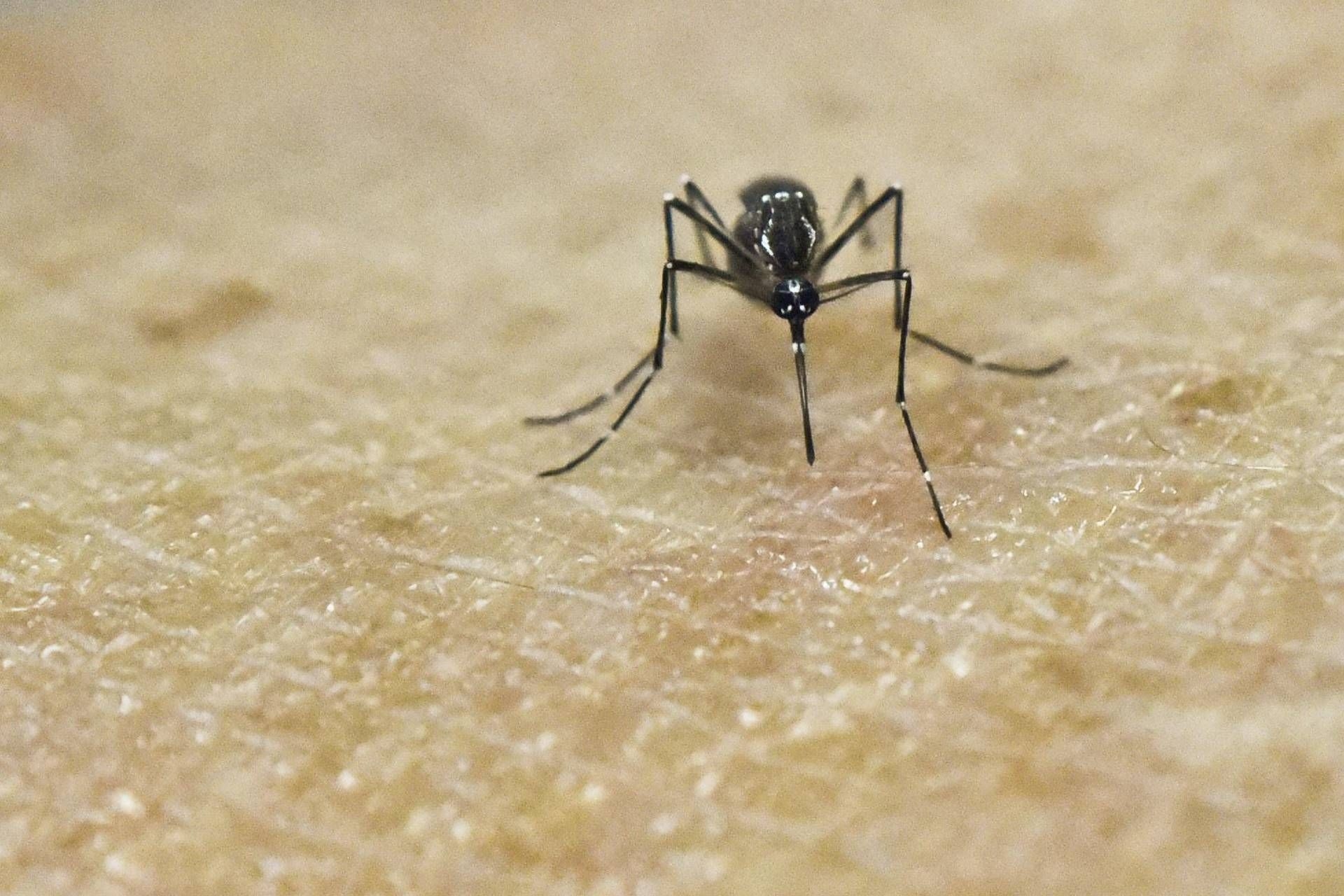Chikungunya vaccine available in Italy from October 30th

A chikungunya vaccine is arriving in Italy at the end of the month . The "first recombinant vaccine" against the infection carried by the tiger mosquito, "based on VLPs (virus-like particles)" and capable of inducing "a protective antibody response," already authorized "in the United States, the European Union, and the United Kingdom," was "approved by the Italian Medicines Agency (AIFA) last May and will be available on the market from October 30." The announcement came from the symposium "Chikungunya: Future Scenarios and Prevention and Control Strategies," held in Bologna as part of the 58th National Congress of the Italian Society of Hygiene, Preventive Medicine, and Public Health (SITI).
"In clinical trials," it was explained during the event organized with the contribution of Bavarian Nordic, "a robust seroresponse was observed 21 days after vaccination (primary endpoint), with protective immunity starting to develop as early as 7 days after vaccination, demonstrating a favorable safety profile. The VLP is a type of non-infectious subunit vaccine, indicated for individuals aged 12 years and older , and contains proteins capable of mimicking the virus without causing disease, ensuring that a broad range of people can benefit from vaccination." The product "can help protect travelers to at-risk areas," the experts explained, "and help contain the spread of indigenous cases such as those that have occurred in the country this year."
As of October 7 , according to data from the Italian National Institute of Health, the symposium noted, there were 398 cases of diagnosed Chikungunya virus infection (a significant increase from 17 in 2024), with outbreaks in Emilia Romagna (Carpi) and Veneto (Valpolicella). From the beginning of 2025 until August, according to the European Centre for Disease Prevention and Control (ECDC), approximately 317,000 cases and 135 related deaths were reported in 16 countries. However, the figures are likely higher, given that Chikungunya diagnosis is often complex and surveillance is not always adequate in all regions of the world.
The symptomsFurthermore, the symptoms are similar to those of other mosquito-borne diseases, such as dengue and Zika , making it difficult to distinguish between cases. The increasing spread of the Chikungunya virus, both in Italy and globally, is primarily linked to climate change, which has led to the proliferation of the vector—the Aedes albopictus or tiger mosquito—for a longer period of time and in different parts of the world than previously. Over 75% of infected people develop symptoms, including fever, rash, fatigue, headache, and often severe, debilitating joint pain. In more than 40% of cases, the effects can become chronic. There is no specific treatment available. Vaccination, along with educating travelers on how to avoid mosquito bites, are key prevention measures.
The cause"Globalization and climate change are favoring the spread of Aedes mosquitoes and the spread of the Chikungunya virus, which has now become a global health problem, detected in over 119 countries," says Luigi Vezzosi, a specialist in Hygiene and Preventive Medicine at the Crema Local Health Authority. "These two factors act synergistically: globalization, through travel (increased compared to pre-COVID-19 pandemic levels) and trade, have facilitated the introduction of the mosquito and the virus into new areas, such as Europe, while climate change has made these regions more hospitable to the proliferation of the vector, favoring the emergence of indigenous epidemics."
" The first Chikungunya outbreak in Italy was identified in 2007 in Romagna ," explains Giovanni Rezza, Associate Professor of Hygiene at the Vita-Salute San Raffaele University in Milan and former Director General of Prevention at the Ministry of Health. "Ten years later, in 2017, Chikungunya caused a larger epidemic in Lazio, with a secondary outbreak in Calabria. This year, two separate outbreaks have been reported in Emilia and Veneto. Globalization and climate change are important drivers of these summer epidemics, and the widespread distribution of competent vectors across our country is a key driver of the circulation of exotic viruses in our country. The availability of effective vaccines can be a useful aid not only for those traveling to endemic or epidemic-affected areas, but also to contain any indigenous outbreaks in our country."
"The strategy for containing the Chikungunya virus in Europe," emphasizes Caterina Rizzo, full professor of Hygiene and Preventive Medicine at the Department of Translational Research and New Technologies in Medicine and Surgery at the University of Pisa, "is based on the combined action of rapid surveillance of imported cases, control of the Aedes albopictus vector, and ongoing public awareness to prevent indigenous transmission. Recent studies confirm that this mosquito has completely colonized our country, increasing the risk of indigenous cases. Even with proper prevention measures, avoiding bites from this insect is not easy, as it is primarily active during the day. The approval of the first recombinant vaccine against Chikungunya certainly represents a major turning point. This additional tool provides a valid option for protecting travelers and at-risk populations, complementing vector control measures and epidemiological surveillance."
Adnkronos International (AKI)





